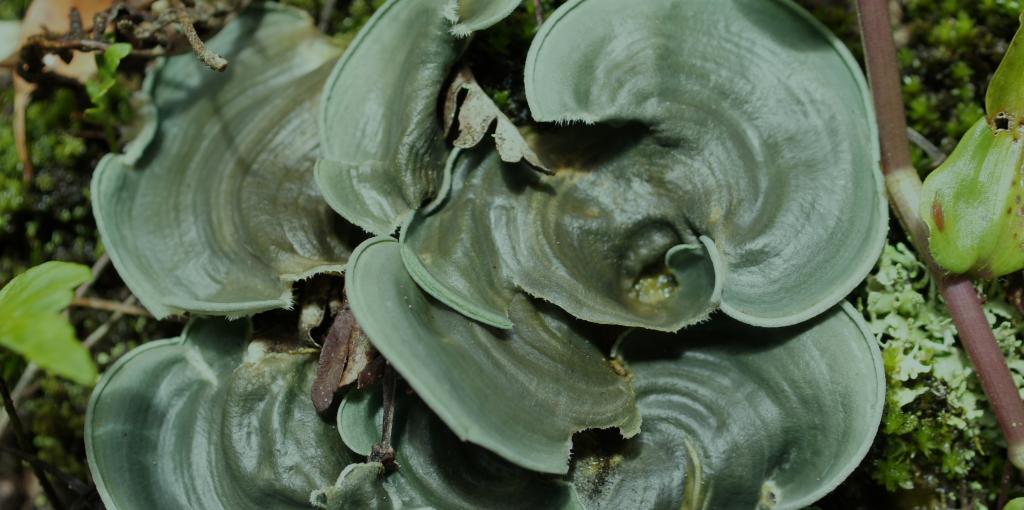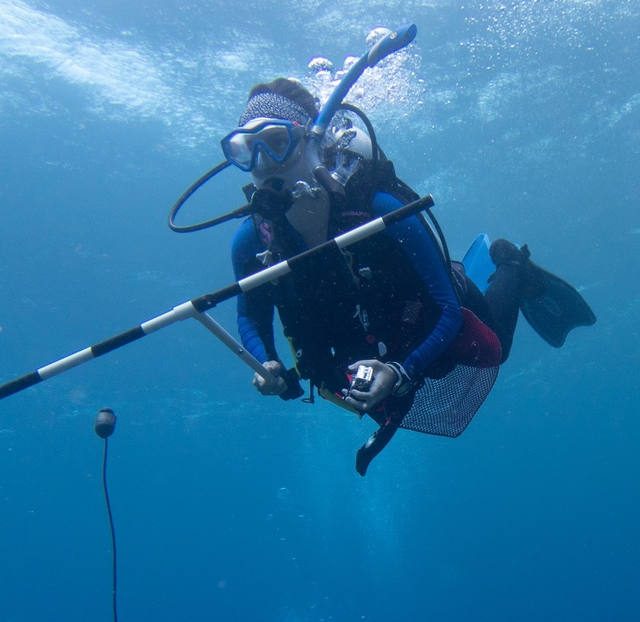Admission CTAs
ESP student Jordan Sims awarded an NSF Graduate Research Fellowship
Congratulations are in order for ESP graduate student Jordan Sims who was awarded an NSF Graduate Research Fellowship for her ongoing project entitled “Understanding the Bacterial and Environmental Drivers of Stony Coral Settlement.”
Jordan is a second year PhD student in Dr. Jennifer Salerno’s lab studying microbial ecology of coral reef ecosystems. She is interested in the role that bacteria play in coral reproduction and disease and how knowledge of those microbial interactions can be applied to reef management and restoration.
For her project, Jordan is working in collaboration with the Roatán Institute for Marine Sciences to uncover the factors that influence coral larvae settlement on the reefs of Roatán, Honduras. The motile larval stage is the only time that corals are able to move to avoid stress, so this choice of where and when to settle has strong implications for the long-term survival of the coral, especially in the face of ongoing climate and environmental change.
To address this, more than 100 ceramic coral settlement tiles were deployed to several reefs in Roatán and left for one year. When the coral reproductive season began, the tiles were sampled once per month to capture the microbial communities that coral larvae were exposed to, and data on local scale environmental conditions, including pH, salinity, temperature, and seawater nutrients, were collected. After one year, the remaining tiles were collected and analyzed for the presence of settled coral larvae.
Now that the experiment is complete, Jordan will process these samples using paired molecular and microscopy methods. She will use Next-Generation DNA Sequencing to assess the microbial community composition present on each of the settlement tiles and a special technique called fluorescence in situ hybridization to visualize the microbes on the tiles. Together, these methods will allow Jordan to know which microbes are present, exactly where they are located on the tiles and relative to one another, and what the microbes look like.
This information will be combined with the data on the environmental conditions to look for and explain patterns in the coral settlers. Jordan is optimistic that her research will help to advance the field’s understanding of ecological concepts including coral reproductive biology and succession of marine bacterial biofilms.
For more information on the project and regular project updates, visit Jordan’s blog!

